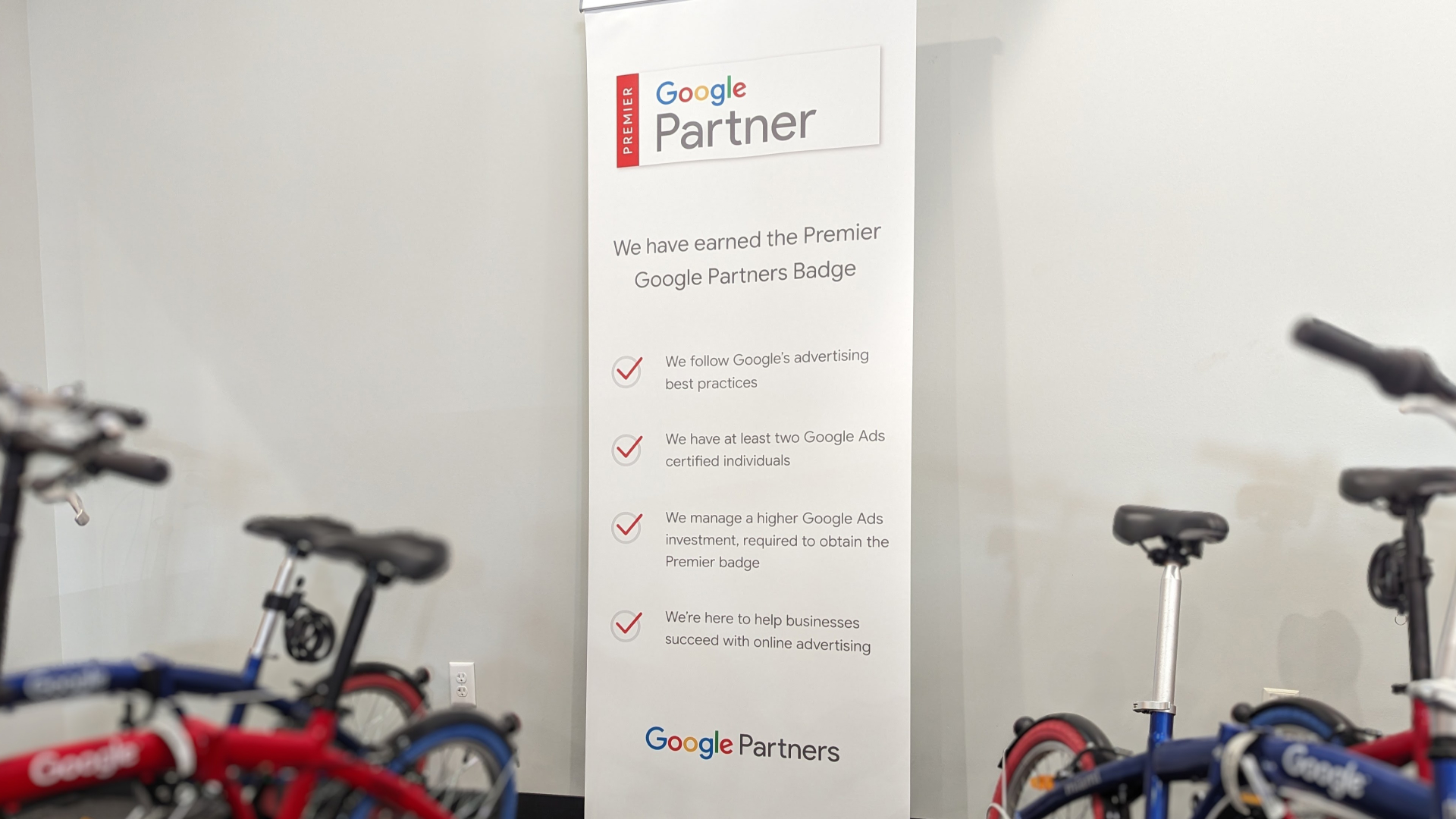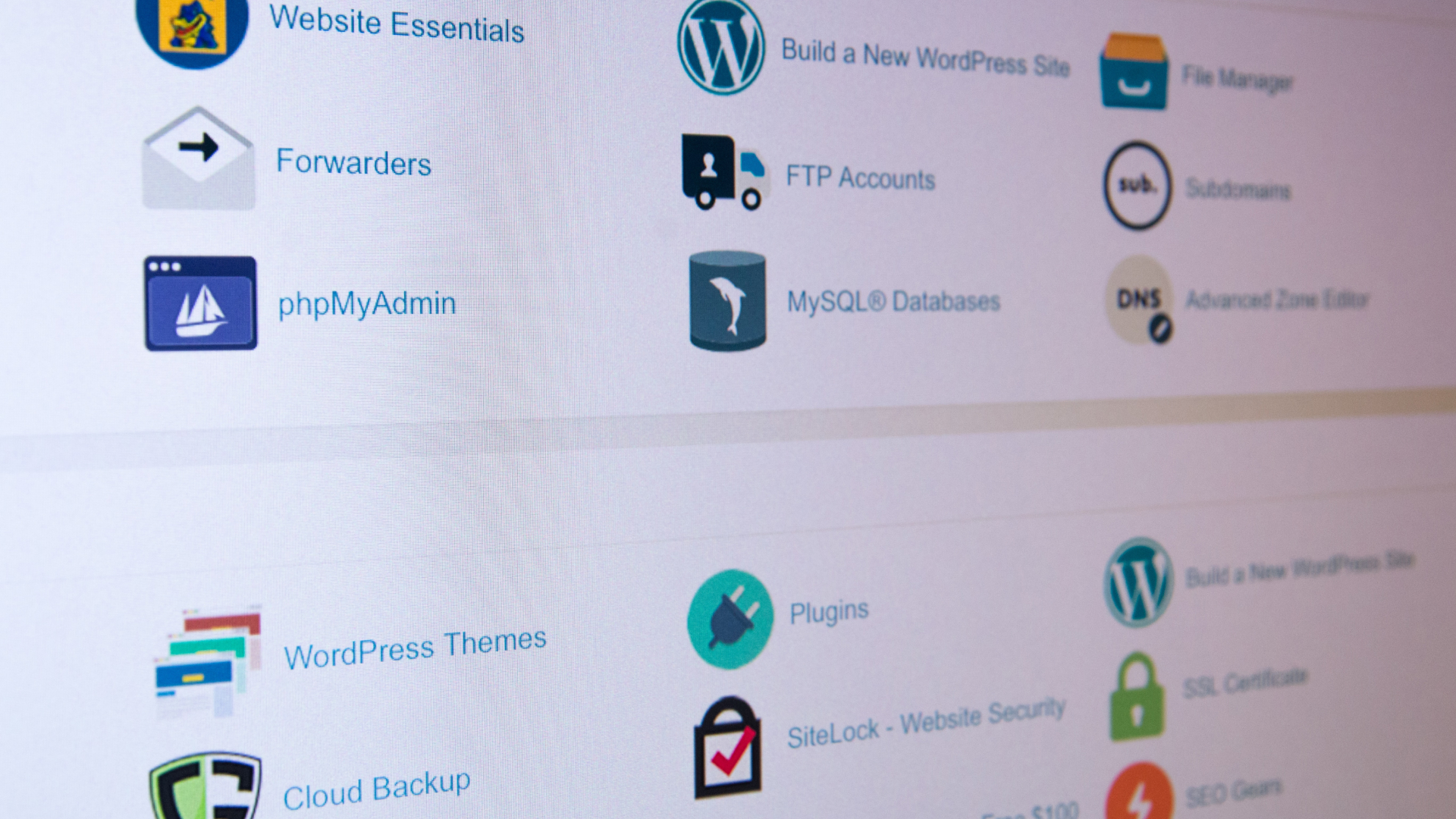
In the world of Digital Marketing, there are unlimited options when it comes to managing your Google Ads, Microsoft Advertising, Amazon Sponsored Ads, Facebook Ads or any of the other viable paid marketing channels available. Intertwine Interactive has been a proven leader not just in Omaha or the Midwest, but the entire US. Whether you […]
View article
Have you ever had trouble implementing SEO tactics after a big site redesign? Choosing the best way to build a website can be difficult, considering the almost constant search engine algorithm updates and unpredictable site issues. When preparing for new website build or updated design, an important piece to consider is the best kind of […]
View article
In June 2021, Google is finally launching the Page Experience Update that is aimed at assessing web pages based on how users perceive the experience when interacting with the web page. The search engine giant has been planning an update built around webpage experience since May 2020, and have presented several other algorithm updates based around the […]
View article
On June 2, 2021, Google started rolling out its June 2021 core update, which is expected to continue until mid-June. Google also plans on delivering a second core update in July 2021, but have provided little details on that update. Aside from Google’s two core updates in June and July, the search engine giant is also […]
View article
In October 2020, the United States Department of Justice (DOJ) and 11 states filed a landmark lawsuit against Google, arguing that it used revenue to unfairly maintain a dominant position in search and search advertising, and block out competitors. According the DOJ, the U.S. government is finally stepping in to protect access to a free […]
View article